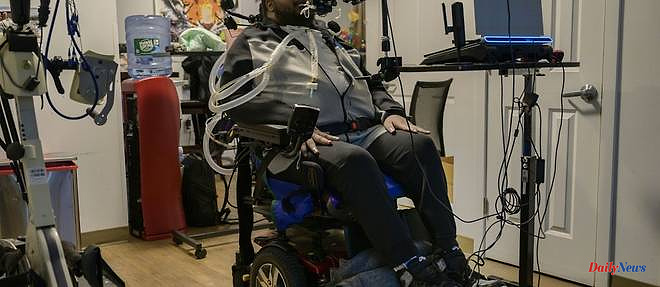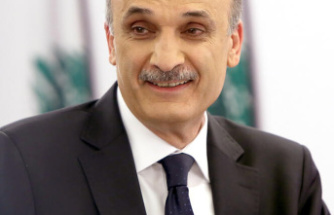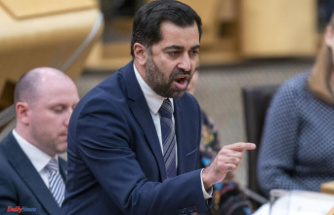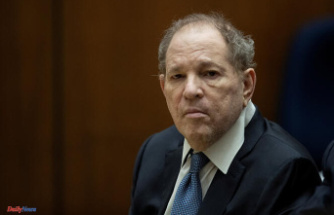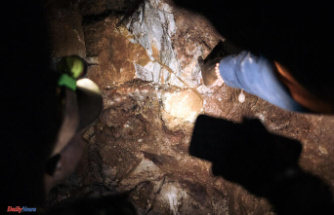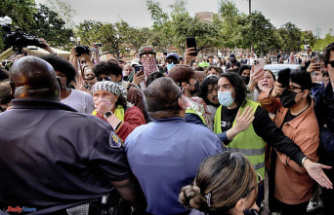Depression, shame and fear of being stigmatized destroyed nearly half the life of Ralph Norman, a 30-year-old African American who became a quadriplegic at the age of 17, the collateral victim of a shooting near New York.
The ordeal of this survivor of gun violence, which kills and injures tens of thousands of people every year in the United States, has lasted 13 years.
On that summer day in June 2010, the teenager was preparing to party with friends in Yonkers, a city in the northern suburbs of New York, when he was hit in the neck by a bullet fired in an exchange of gunfire between two individuals at a gas station.
Ralph Norman emerges alive from the hospital but almost entirely paralyzed, quadriplegic, being able to move only the head and the shoulders. Since then, he has depended on a carer day and night to eat, bathe, go to bed and even empty his saliva from his breathing tube.
But for years he lied about why he was forever confined to a wheelchair.
"Until the past two years, I never told anyone that I had been shot," admits the 30-year-old when he received AFP at his home in Yonkers. "I was always talking about a car accident because I was ashamed and afraid of being judged as a gang member, which was not the case".
"Gun violence is stigmatizing," said Norman.
After years of depression -- "You're mad at the whole world and the person who did this to you. That's the disease, when you start to get depressed" -- the man asks for help.
Today, thanks to virtual communication on a computer, he participates every day in a support group for victims of firearms in the United States: sharing of experiences and discussions on the terrible American daily news, as when three children and three adults were murdered Monday in a school in Nashville, Tennessee (southern United States).
About 400 million firearms are in circulation in the United States, where in 2020 they caused more than 45,000 deaths, whether by suicide, accident, or homicide, according to the latest figures from the Centers for Prevention and Fight against diseases (CDC).
For the first time that year, guns became the leading cause of death among under-19s, with 4,368 deaths, ahead of car accidents and overdoses, according to the CDC.
And the victims of this gun violence are mostly young black or Hispanic men from the most disadvantaged backgrounds.
In addition, underlines Elinore Kaufman, surgeon and traumatologist at the Penn Presbyterian Medical Center hospital in Philadelphia (Pennsylvania, north-east), the number of injured is almost double that of deaths, or 80,000 people per year.
Even with a minor injury, it "alters your life completely and forever," laments the professor of medicine to AFP.
And "half of our patients develop post-traumatic stress disorder (PTSD) or depression, as severe as those of our veterans" of the American armed forces, alerts Ms. Kaufman.
For the world's leading power, the economic impact of this violence by firearm can amount to tens of billions of dollars in health costs and loss of productivity, recall the authorities.
Oronde McClain was only ten years old when he was "pronounced dead for two minutes and 17 seconds" after being shot in the back of the neck as he tried to flee a shootout in Philadelphia.
His head is strewn with scars.
The 33-year-old black man, married to a nurse and father of five children, suffers from recurring migraines and tremors, but what "hurts him the most are the memories", he testifies.
Through dialogue with other victims, "when I help another survivor, I help myself", blows Oronde McClain who hopes that "together, politicians, police, everyone, we can stop this" .
03/30/2023 05:32:21 - Yonkers (United States) (AFP) - © 2023 AFP

